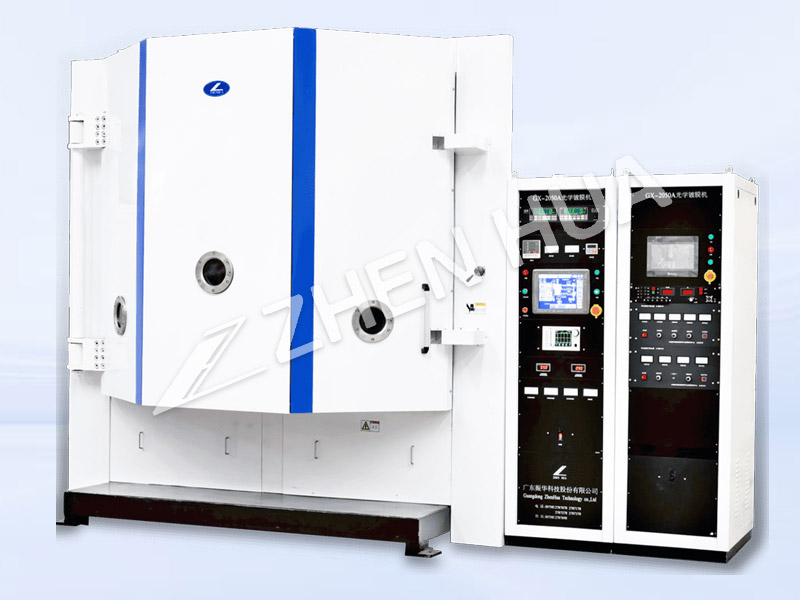3. Influence of substrate temperature
Substrate temperature is one of the important conditions for membrane growth. It provides additional energy supplement to the membrane atoms or molecules, and mainly affects the membrane structure, agglutination coefficient, expansion coefficient and aggregation density. The macroscopic reflection in the film refractive index, scattering, stress, adhesion, hardness and insolubility will be greatly different due to the different substrate temperature.
(1) Cold substrate: generally used for evaporation of metal film.
(2) Advantages of high temperature:
① The residual gas molecules adsorbed on the substrate surface are removed to increase the binding force between the substrate and the deposited molecules;
(2) Promote the transformation of physical adsorption to chemisorption of the film layer, enhance the interaction between molecules, make the film tight, increase the adhesion and improve the mechanical strength;
③ Reduce the difference between the vapor molecular recrystallization temperature and the substrate temperature, improve the density of the film layer, increase the hardness of the film layer to eliminate internal stress.
(3) The disadvantage of too high temperature: the structure of the film layer changes or the film material decomposes.
4. Effects of ion bombardment
Bombardment after plating: improve the aggregation density of the film, enhance the chemical reaction, increase the refractive index of the oxide film, mechanical strength and resistance and adhesion. The light damage threshold increases.
5. The influence of substrate material
(1) Different expansion coefficient of substrate material will lead to different thermal stress of film;
(2) Different chemical affinity will affect the adhesion and firmness of the film;
(3) The roughness and defects of the substrate are the main sources of thin film scattering.
6. Impact of substrate cleaning
Residue of dirt and detergent on the surface of the substrate will lead to: (1) poor adhesion of the film to the substrate; ② The scattering absorption increases, the anti-laser ability is poor; ③ Poor light transmission performance.
The chemical composition (purity and impurity types), physical state (powder or block), and pretreatment (vacuum sintering or forging) of the film material will affect the structure and performance of the film.
8. Influence of evaporation method
The initial kinetic energy provided by different evaporation methods to vaporize molecules and atoms is very different, resulting in a large difference in the structure of the film, which is manifested as the difference in refractive index, scattering and adhesion.
9. Influence of vapor incidence Angle
The vapor incidence Angle refers to the Angle between the vapor molecular radiation direction and the surface normal of the coated substrate, which affects the growth characteristics and aggregation density of the film, and has a great influence on the refractive index and scattering characteristics of the film. In order to obtain high-quality films, it is necessary to control the Angle of human emission of the vapor molecules of the film material, which should generally be limited to 30°.
10. Effects of baking treatment
The heat treatment of the film in the atmosphere is conducive to the stress release and the thermal migration of the ambient gas molecules and the film molecules, and can make the structure of the film recombination, so it has a great influence on the refractive index, stress and hardness of the film.
Post time: Mar-29-2024


